"Golden Flower" - it translates from the Greek word "Chrysanthemum". As if the sun open these colors their heads in the autumn, filling the gardens with a specific aroma. If you believe the ancient eastern wisdom, people who grow chrysanthemum will be happy throughout the long life. Today we will talk about growing annual chrysanthemums that can decorate the country area from June and to the middle of the autumn.
General information about chrysanthemums
There are many legends about these charming colors. We give only one of them. Somehow came to the head of the evil dragon thought, which would be nice to steal the sun in people. And he grabbed heavenly shining, which he immediately burned his paws. In rage from the pain Dragon rushed to trample a hot ball. Sparks began to fall on the ground, and then turned into wonderful chrysanthemums. Especially removed flower in Japan. Residents of this country refer to his kikov, which means "sun."
Among the representatives of the kind of chrysanthemums are found both semi-stamps and herbaceous plants. Rhizome at the "Golden Flower" branching, its development is parallel to the surface of the soil. There are fences pubescent, and there are naked. Leaves on shoots are placed alternately, their shape can be dissected, with janzabins or recesses. Some are published, others - no. The color of the sheet plates varies in different shades of the green. Flowers are going to the "basket", its mean - these are tubular flowers, and the tongue flowers go along the edge. If in the "basket" several rows forming thick inflorescence, then such flowers are considered terry.
Choose annual chrysanthemums
Cultivates the flowerfish of chrysattry garden, which is also called Chinese, silky. From the annual chrysanthemums most often in flower beds you can meet such types:
- Chrysanthemum is crowned (Coronary) - its height from 70 to 80 centimeters. Stems are very branched. Melno-disseated leaves. Sideways are revealed on the side twigs, the diameter of which up to 7 centimeters. The boundary petals of these "daisies" are yellowish or white, and the middle is presented with yellow (brownish) tubular flower. Seed color dark brown. Popular varieties:
- "Niveya" (with snow-white petals);
- "Golden Gem" (Castic Compact, the seminal inflorescences of ocher-yellow color, their diameter is up to 5 centimeters);
- "Gym prison" (seminal inflorescences, light straw coloring appear on the stems);
- "Gold Crown" (Petals Light Yellow);
- "Orion" (yellow-painted flowers).
- Chrysanthemum sowing (or field, or segetum) - Her stems grow quickly, reach a height of 30-60 centimeters. Leaves sitting, as if clasped the stem. In the form they are oblong, with large cloths. There are also peristo-blade leaves. The diameter of their simple flowers from 5 to 7 centimeters. Coloring white or yellow shades. After flowering, quadruple wedge-shaped seeds ripen, the color of which is light yellow. You can find varieties:
- "Gloria" (tubular median flowers are copper-yellow, and the edge petals are slightly yellowish);
- "SCES SEO Orients" (light-yellow petals and dark middle);
- "Helios" (yellow "sunshine");
- "John Bright" (the middle of the brown-black, and the edge petals are yellow);
- "Eldorado" (the center is dark, and the canary-yellow petals go around the edge);
- "The German flag" (on the stems whose height 55 centimeters are painted large inflorescences, consisting of bright red edge lobes, and around the center there is a golden cutter);
- "Zebra" (in yellow edge petals beautiful red tips).
- Chrysanthemum is a tricolor (or a cylinder or karinatum) - the fleshy stems are very well branched, their height is from 20 to 70 centimeters. The leaves have twice-fisty separation. "Baskets" simple (single-row), semi-world or lush terry. Their diameter on average from 5 to 7 centimeters. Interesting varieties:
- "Nordstern" (on the edge there are white petals, and in the center of yellow-red);
- "Flameminstal" (red flowers are red, and tubular in the center - yellow-brown);
- Fossu Mishung (this is a mixture, different colors of different color).
- Chrysanthemum maiden - although it is considered a perennial, but more often in the gardens is cultivated as a unelineant, forming a compact bustice with empty or highly cut leaves, the painting of which is light green. "Baskets" are obtained by terry, their color yellow (grade "Goldbal") either white (Virgo varieties, "White White", "Shneebed", "Zilbeatppich").
- Chrysanthemum turned (or prominent) is a large bush, whose stalks can grow up to 120 centimeters. Big inflorescences (terry in diameter reaches 11 centimeters).
- Chrysanthemum plowing - lush bushes high no more than 20 centimeters with an abundance of large snow-white "baskets".
Cooking the ground for garden annual chrysanthemums
The site where you plan to plant chrysanthemums are desirable to prepare in the fall. The place should be bright, protected nearby landings (or build) from the wind. Ensure this fall, at the same time, with a square meter of 50 grams of superphosphate and 20 grams of potassium sulfate. In acidic soils are made by ash or dolomite flour. In the spring you will be left to the ground into the square meter of the engine (or overwhelmed manure).
Take the cultivation of annual chrysanthemums from seeds
The first method is immediately in the soil. On the garden in May, make a shallow groove. Sweep them with warm water (you can add crystals of manganese in it). When water is absorbed, put three chrysanthemum seeds. Then retreat 20 centimeters and put three more seeds. The remaining seeds lay in the same way, sprinkling their land. Then cover your bed with a film to keep warm and moisture in the soil. It is possible to remove it when sprouts appear. After some time, the Earth is careful, removing the weed herbs. 10 days after the appearance of sprouts, you can feed them, adding to water to watering fertilizers, for example, "ideal", "rainbow", "flower". When the height of the seedlings reaches 10 centimeters, they should be switched, if two or three came from the seeds at once. The flowering of these plants will come in August. Want to see the blooming chrysanthemum before? Then use the seeding option.
The method of the second is the cultivation of seedlings. To do this, prepare the substrate and drawers in advance. Soil without problems can be bought in a garden store. Or mix in a bucket in equal shares of garden land, peat and humus, and then in April (or at the end of March) soil fill your boxes, pre-putting on the bottom drainage (for example, small pebbles, clayzit). Spread on the surface of the seeds and pour them off with a polusantimeter layer of the Earth. Moisten the soil from the pulverizer. Now you can put these boxes in the package and tie it or cover it with glass. The germination occurs in the room, where the temperature is from 23 to 25 degrees. Watch that the soil in the box is wet. When sprouts will be shown from the ground (approximately after 10-14 days), packets or glass are removed, and cut the boxes with seedlings to the room, where from 16 to 20 degrees, then they will not stretch. The dive of seedlings can be carried out when four developed (not seedy) leaves will be on each of them. Before the procedure of the soil we advise moisturize. Then, to stimulate the growth and fast adaptation, seedlings spray with water with the addition of the Zircon biological preparation. In the future, one or two times the small plants are filing. If the lights on the plants fall a little, they are shoved. Two weeks before the transplantation on the summer beds, the seedlings begin to order daily, first opening the window, and then the boxes can be put up on the day on the loggia or in the garden.
Care Guide Recommendations
So, a strong seedlings are grown. In May, it can be transplanted into the garden. When a series of night frosts go, choose a day when the weather is "frowning." Make holes, distance between which should be 20-25 centimeters. Sweep their water into which the "corneser" is added (for 3 liters of water of this stimulator of the root formation, take 3 grams). Remove your chrysanthemums with the soil and send them to the hole, blocking on one and a half centimeters. So that chrysanthemums are busy, their tops are pinching. So that the flowers of chrysanthemum annual were more attractive, large, plants need abundant irrigation. Earth around plants sometimes loose, eliminating and annoying weeds. More for chrysanthemums a favorable mulching. Mulch (bark of trees, sawdust, peat earth, beveled grass, pine needles) helps moisture to linger in the ground, reduces the number of weeds, prevents causative agents of diseases in the soil, to fall on the plants.
Busty are obtained by lush and resentment, if for the season there are three feeding. At first, for intensive growth, they need nitrogen (ammonium), and then mineral complexes will already need, stimulating the flowering process (for example, "Kemira-Universal").
If you tend to show your beauty and faded inflorescences, then new buds will appear on bush. If you wish, you can leave a few baskets so that seeds are ripe in them. Sometimes the seeds of annual chrysanthemums fall to the ground, and in the spring, small sprouts appear in these places, so the propagation of self-sowing.
About diseases and pests
If chrysanthemums grow by themselves, and the dacnis has no time for them, they may be affected by fungal diseases:
- mildly dew - leaves, stems, buds are covered with whitewashed raids;
- verticillious fading - if the fungus penetrates through the root system, the vascular system of plants suffers from it, which is why the leafy plates are yellowed, the fuses of escapes;
- gray rot - on the parts of the plant there are brown wet spots of the blurred species, over time they are covered by raid, provoking rotting;
- septoriasis - on the leaves there are brown-brown specks, soon the amazed leaves die;
- rust - First on the plant, brown spots appear, then the leafy of sheet plates occurs, the ending of shoots.
With gray rot and mildew, it is recommended to use burgue liquid, "Fundazole", "Ftalan", "Benle" for treatments.
With rust, simpitoria try to process plants with copper chloroks. Even to prevent rust propagation, processing (dubbing) of plants with colloid gray plants.
You can save annual chrysanthemums if you take measures at the very first signs of infection.
Sometimes chrysanthemum attack viruses:
- aspermia (clapperity is noticeable on the sheet plates, and the flowers are deformed);
- mosaic (characterized by the appearance on the sheet plates of the grinding mosaic);
- dwarfs (in plants, growth is delayed, they can defectly bloom before the deadline).
If the plants affected by viral infection have noticed, then they need to immediately part with them so that they do not become a source of infection for other inhabitants of the flower garden. Dugged patients are burned immediately.
Who can spoil the beauty of chrysanthemums?
- Colony of Tly - They are stationed on the bottom of the leaves or buds and begin to enjoy the juice of plants. Here you will have to resort to the treatments "Aktar", "AcTellik".
- Meadow Klop - He also loves juice with chrysanthemums, as a result of his actions, the leaves are covered with spots, then quickly raging and die, and the buds are not disclosed. To prevent this, in advance, process the chrysanthemum "phosphamide".
- Slippers and snails - they ruthlessly sprinkle leafy plates. In this case, put on the night near the container flower bed, in which in the evening pour beer, and in the morning, take the pests from the liquid into the trap and destroy them. You can still sprinkle ashes around the plants, the dolomite flour, the crushed shell of eggs.
Using annual or perennial chrysanthemums, you can without much trouble get a long-lying bright compositions on your site. These plants are successfully combined with velvets, heliotrops, lion zev, salvia, calendulas, astrams, zinc, cosmeys, agratums, cakes.

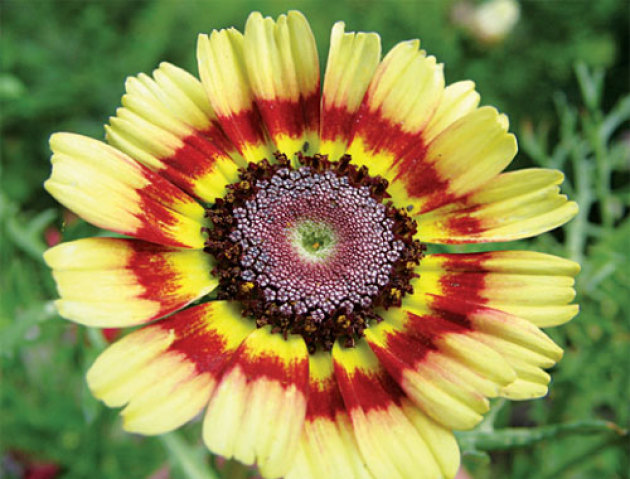
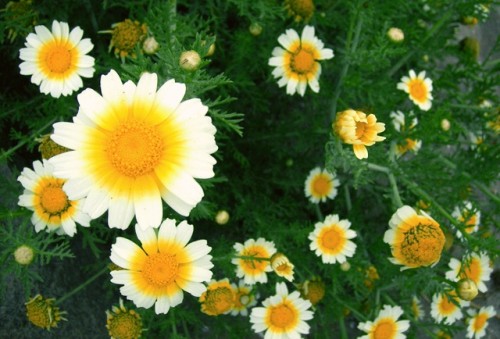
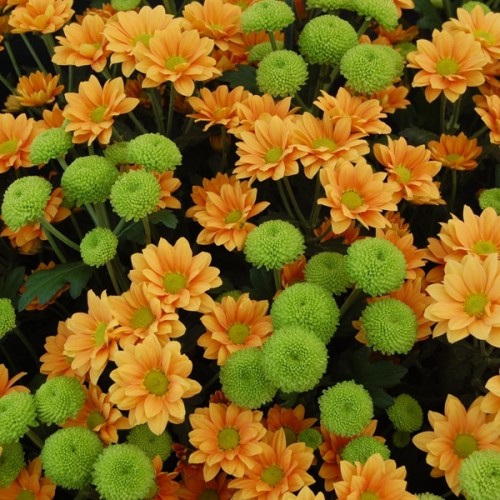
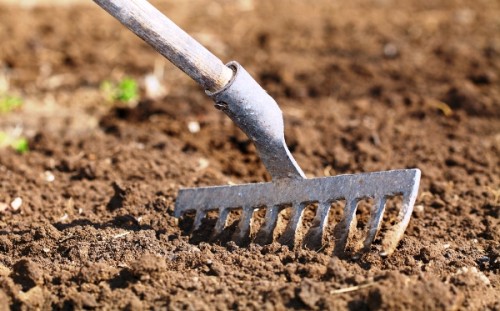
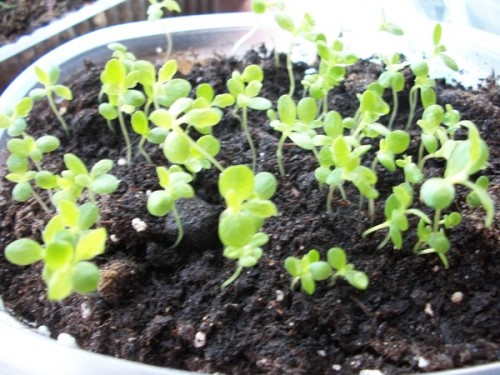
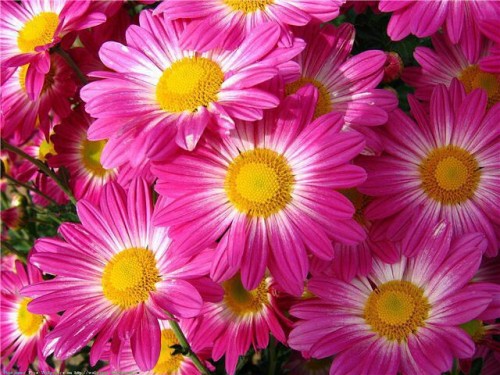
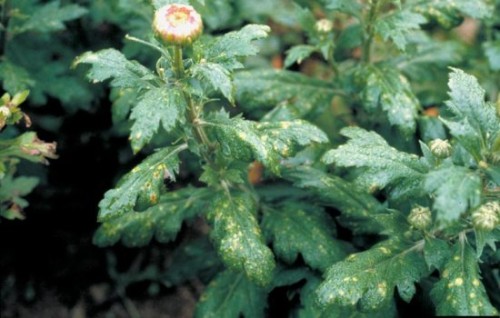
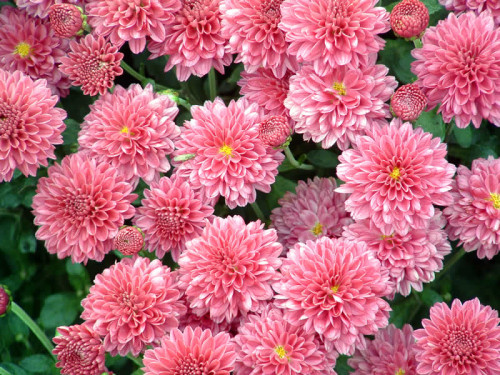
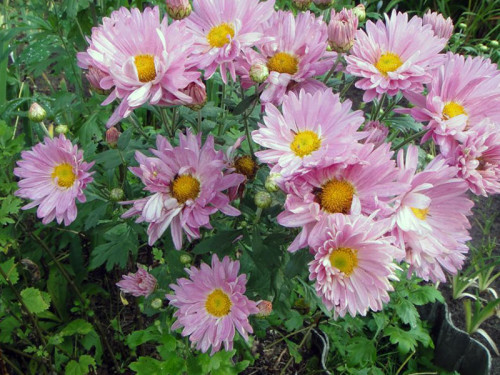
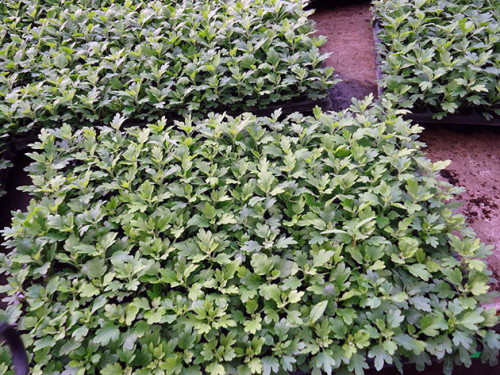
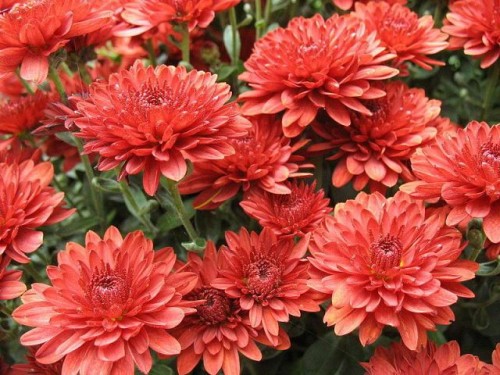
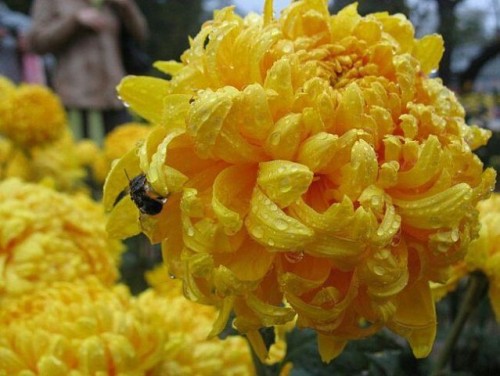












 Start a discussion ...
Start a discussion ...